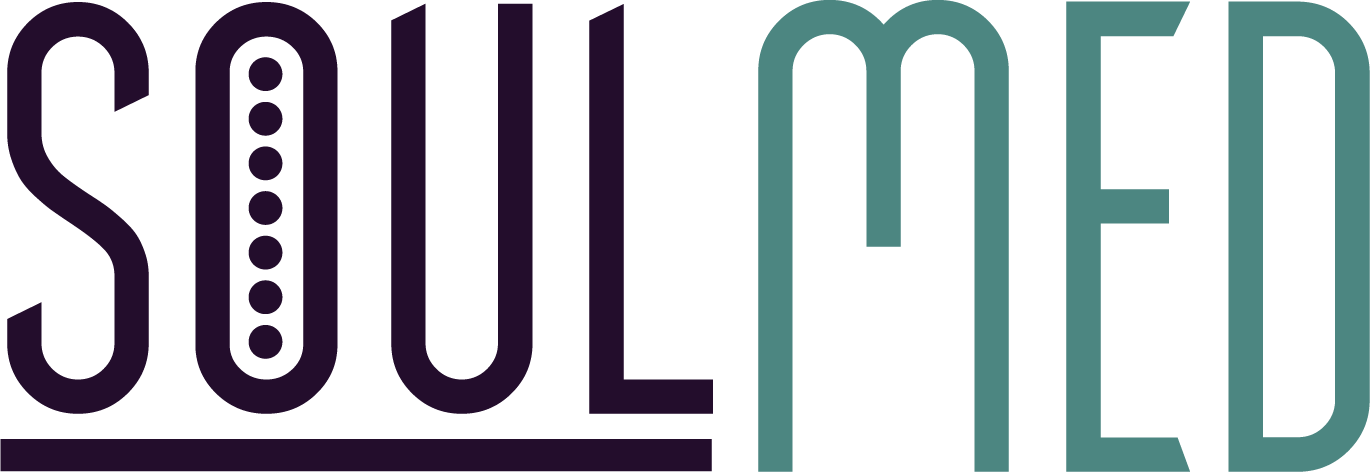Several years ago, when I worked for the local school system, my area superintendent often said both/and instead of either/or.
I was intrigued by the concept and the more I explored it, I realized that we’ve been taught to choose between two opposing options. That’s not the best way to view most situations, but it’s really not the best way to consider options for Black women.
Using the either/or lens is limiting. As a Black woman, navigating life's challenges has often required me to adopt a unique perspective. I've discovered that embracing both/and thinking is an invaluable tool that has revolutionized my journey toward self-awareness and improved mental health.
Here are some benefits of both/and thinking and why you should consider adopting this framework.
Building Self-Awareness
Self-awareness is the key to unlocking personal growth and improving mental health. Both/and thinking helps us delve deeper into our emotions and thoughts. By acknowledging and accepting our whole range of experiences, we better understand ourselves. It allows us to explore the nuances of our identity, celebrate our strengths, and address areas where we want to grow. Self-awareness through both/and thinking helps us become more grounded, authentic, and resilient.
Nurturing Mental Health
As Black women, embracing both/and thinking is a powerful tool improved mental health by helping us cultivate self-compassion by acknowledging that it's okay to feel a mix of emotions — joy and sorrow, strength and vulnerability. Instead of suppressing or denying these emotions, we can embrace them, and in doing so, we create space for healing and growth.
Embracing both/and thinking also encourages us to seek support when needed. Mental health is a journey, and both/and thinking allows us to navigate it with grace and self-acceptance.
Navigating the Complexities of Emotions
Our emotional landscape is rich and layered, shaped by a myriad of experiences and influences. Society often expects us to display unwavering strength and resilience, but it's crucial to acknowledge that we are human beings with a full range of emotions. We can experience joy and sadness, strength and vulnerability, all simultaneously. It's okay to feel angry about injustice while finding moments of peace and happiness in our lives. By embracing the complexity of our emotions, we can cultivate a deeper understanding of ourselves and develop healthier coping mechanisms for our mental well-being. Both/and thinking liberates us from the confines of either/or choices, granting us the freedom to explore the complexity of our emotions and experiences without judgment.
Reframing Limiting Beliefs
Society bombards us with limiting beliefs that can shape our self-perception and hinder our growth. As Black women, we may face stereotypes, biases, and expectations perpetuating narrow narratives about who we are and what we can achieve. Both/and thinking empowers us to challenge these limiting beliefs and reclaim our narrative.
We can be resilient, vulnerable, successful, authentic, fierce, and compassionate. By reframing our mindset and embracing the power of and instead of either/or, we break free from the constraints of societal expectations and carve our paths toward self-fulfillment.
Building Bridges of Intersectionality
Intersectionality lies at the heart of our experiences as Black women. We often find ourselves caught between different worlds, navigating the complexities of race, gender, and other intersecting identities, which shape our unique perspectives and challenges. We face societal expectations, cultural pressures, and personal aspirations that pull us in different directions. It's easy to feel like we must choose between conflicting identities.
Both/and thinking invites us to celebrate the intersectionality of our identities and encourages us to embrace the full spectrum of our multi-faceted identities. It encourages us to acknowledge that our experiences are shaped not just by one aspect of our identity but by the beautiful tapestry of who we are. By recognizing and appreciating the interconnectedness of our identities, we can foster understanding, empathy, and unity within ourselves and with others. This recognition frees us from the confines of societal expectations and empower our authentic selves to shine through.
The Bottom Line - You don’t have to settle.
Sis, you don't have to choose; you can have it all. Embrace the power of both/and and witness the incredible growth and transformation that unfolds as you step into the fullness of who you are.
Both/And Thinking In Action
Scroll below to discover eight steps to implementing both/and thinking.











